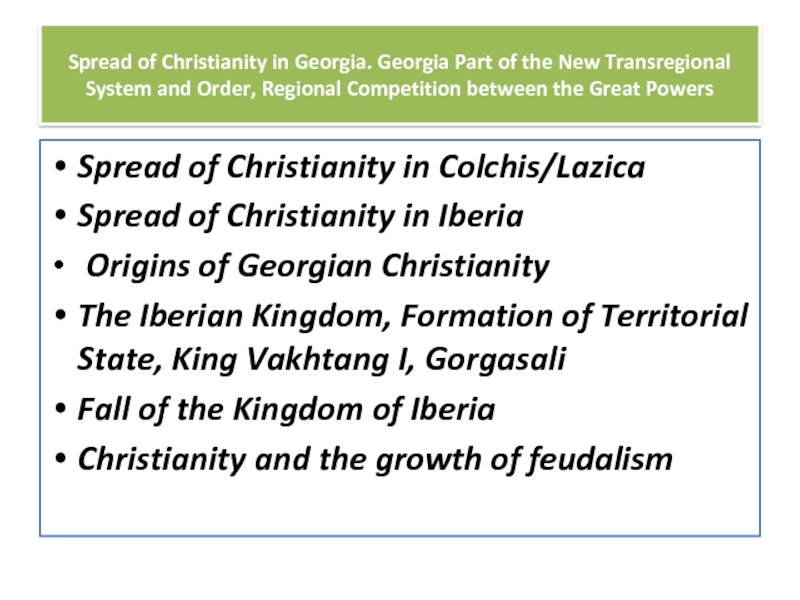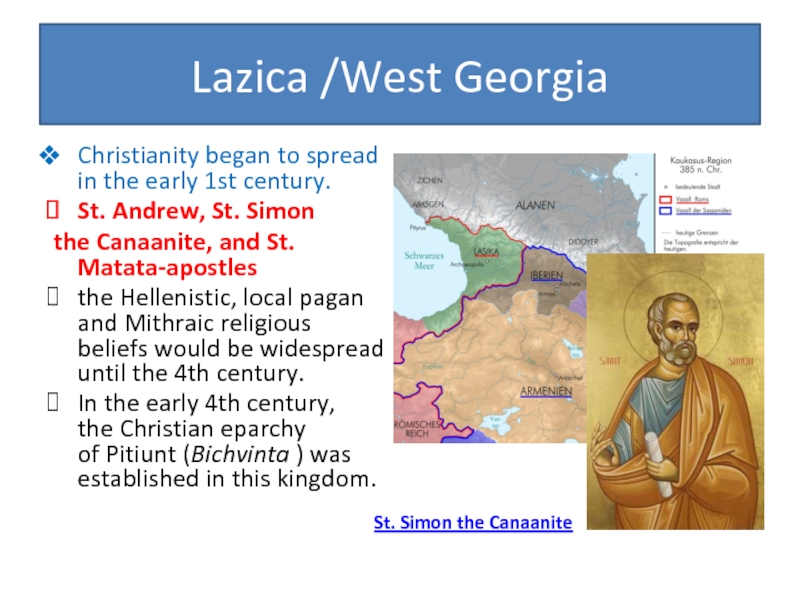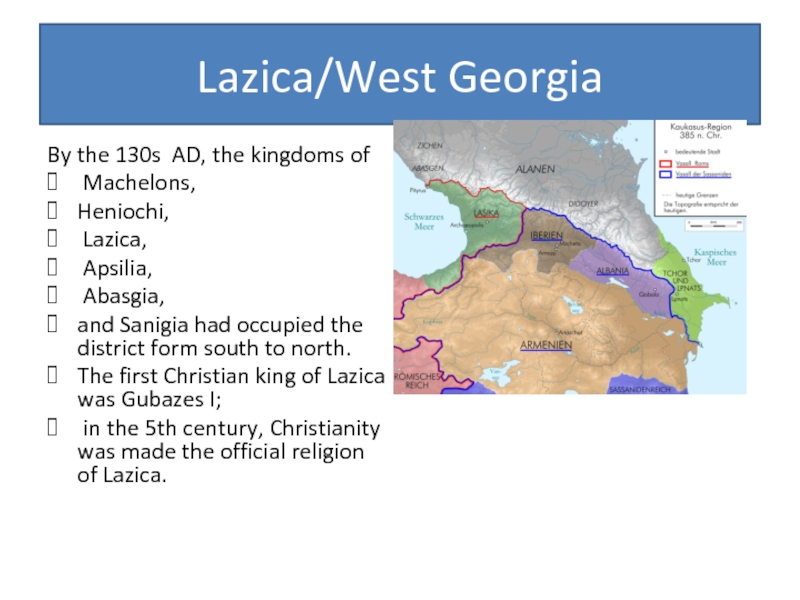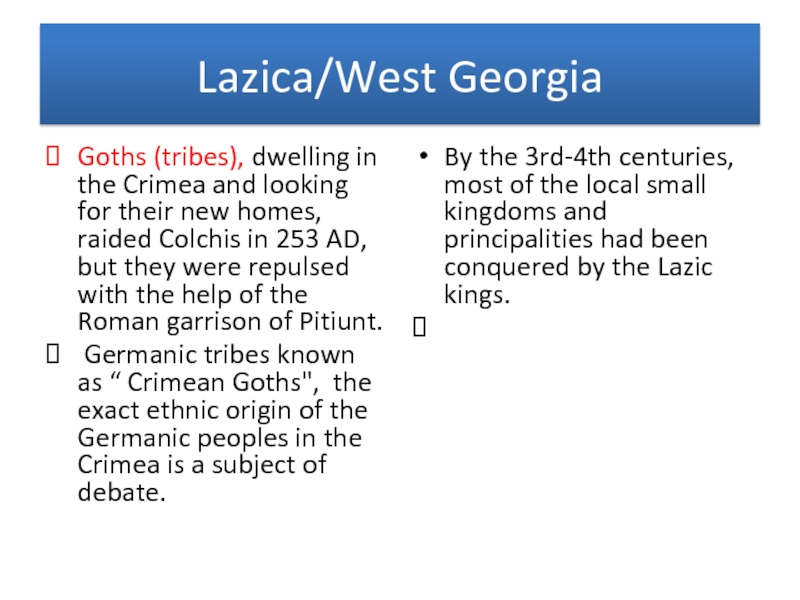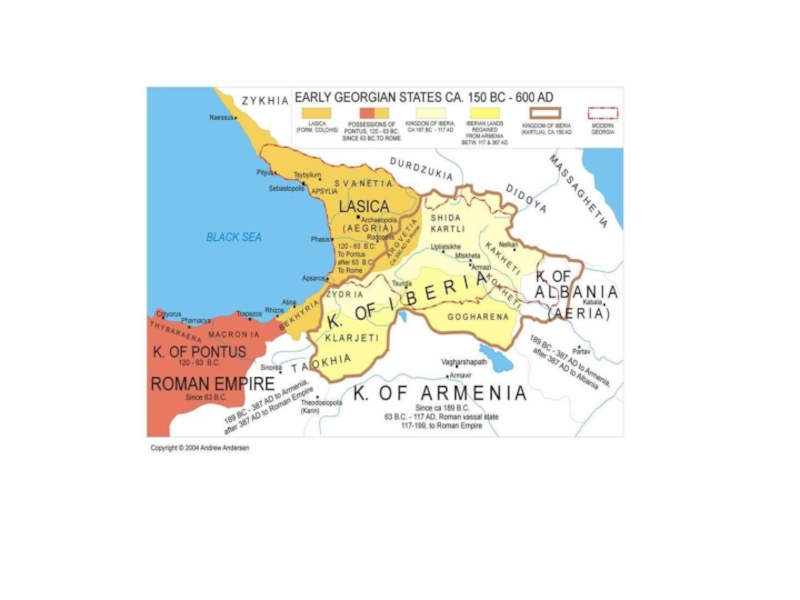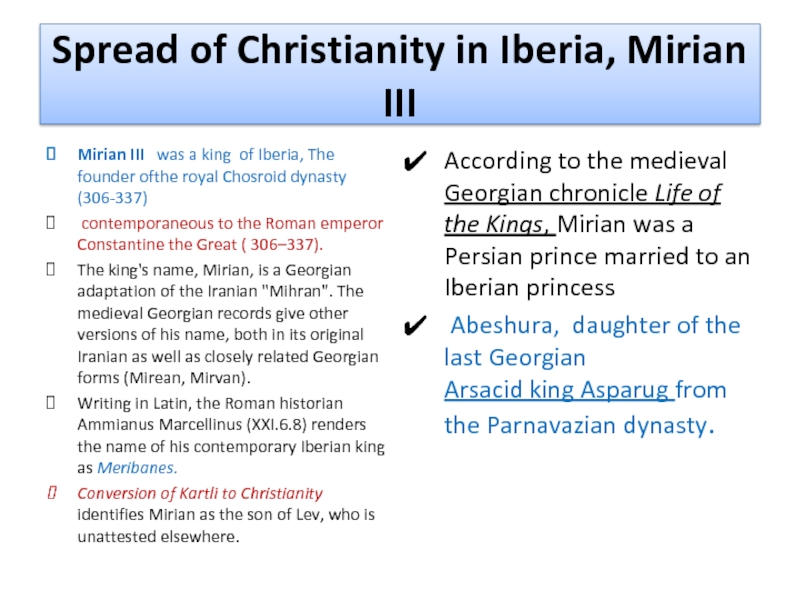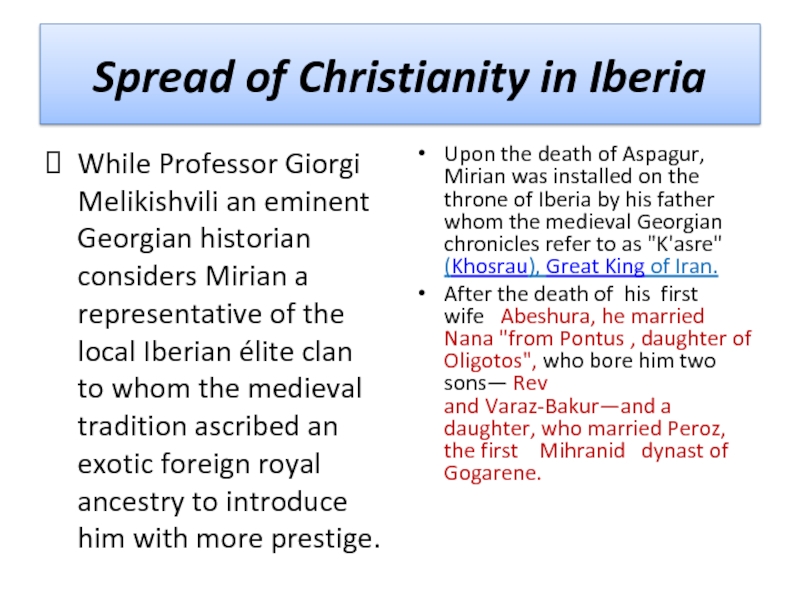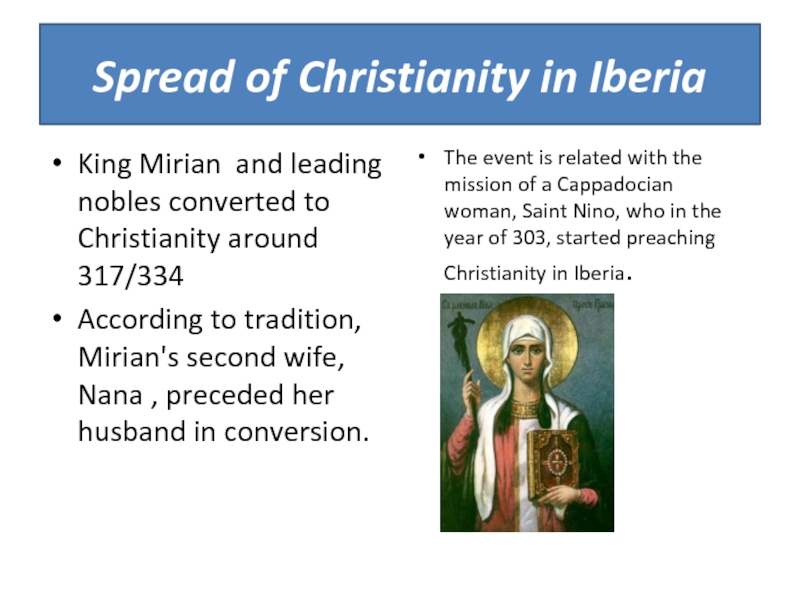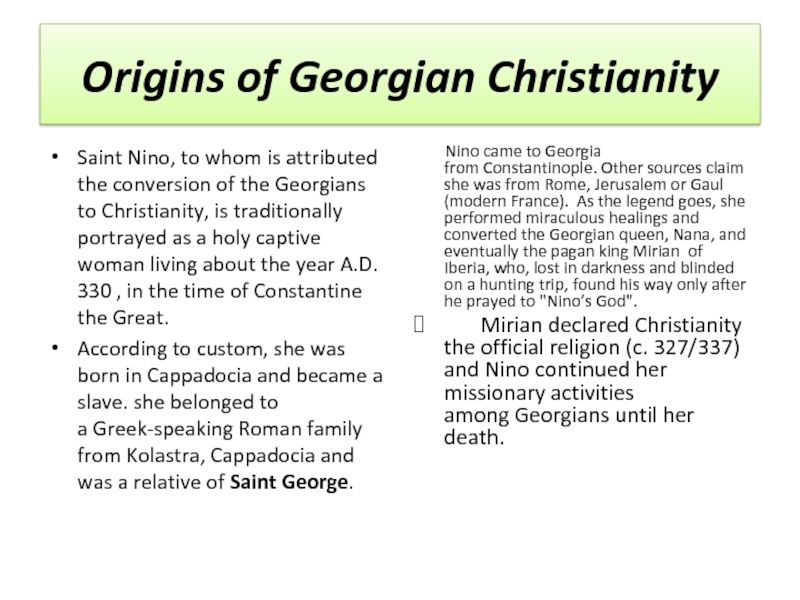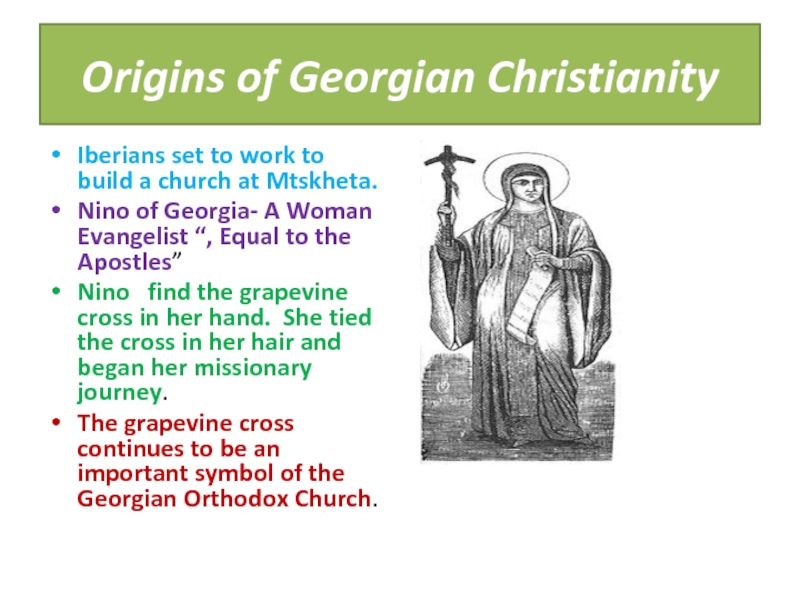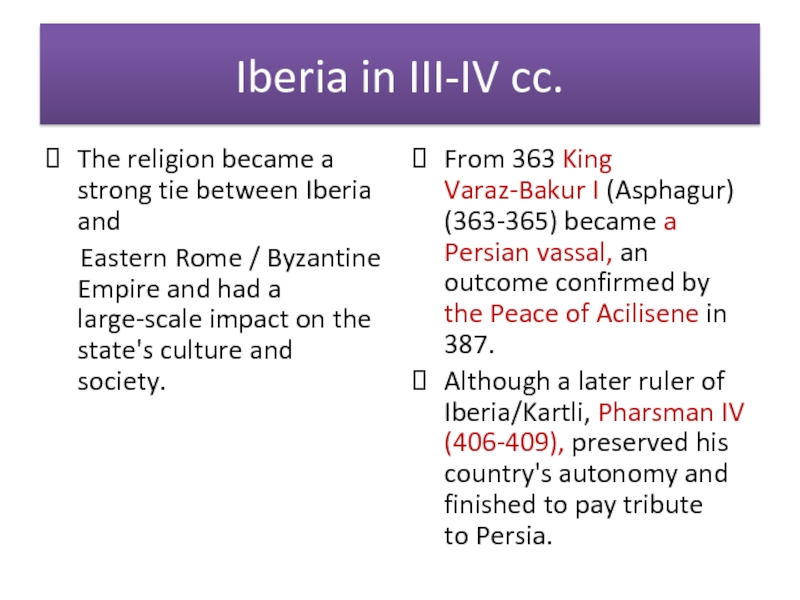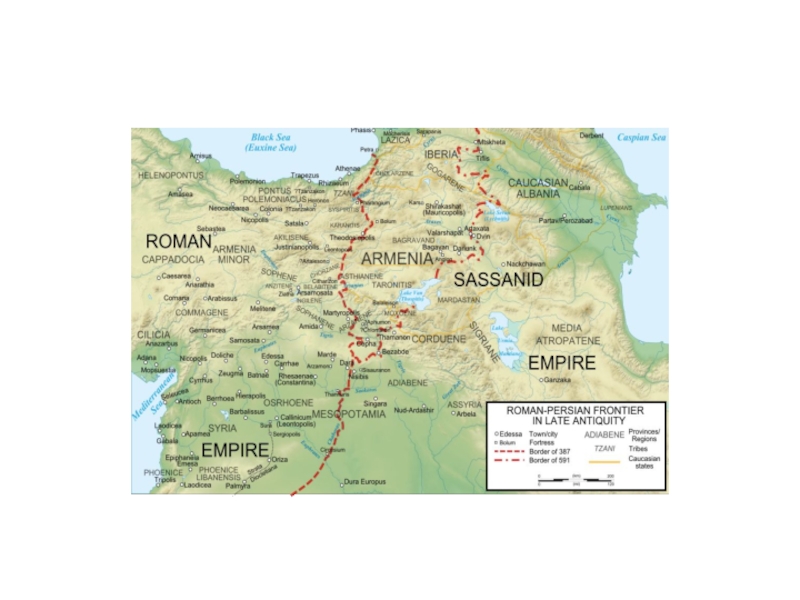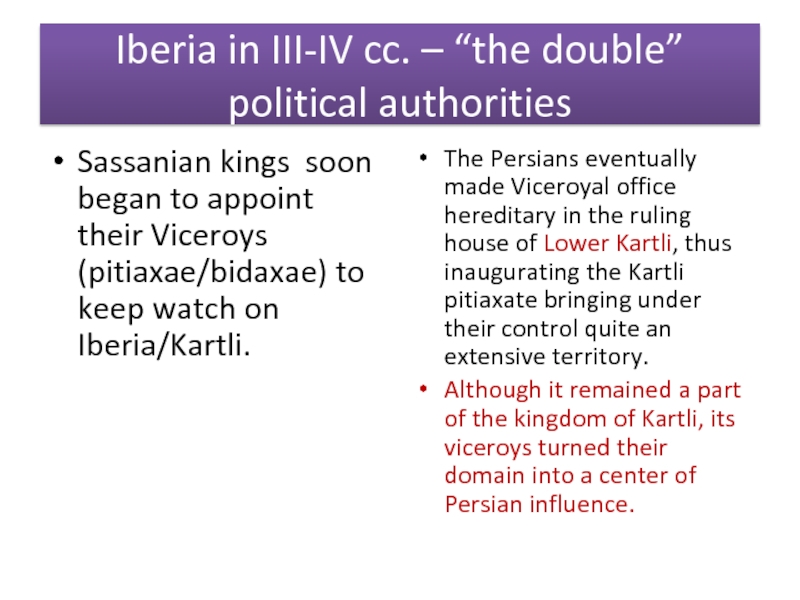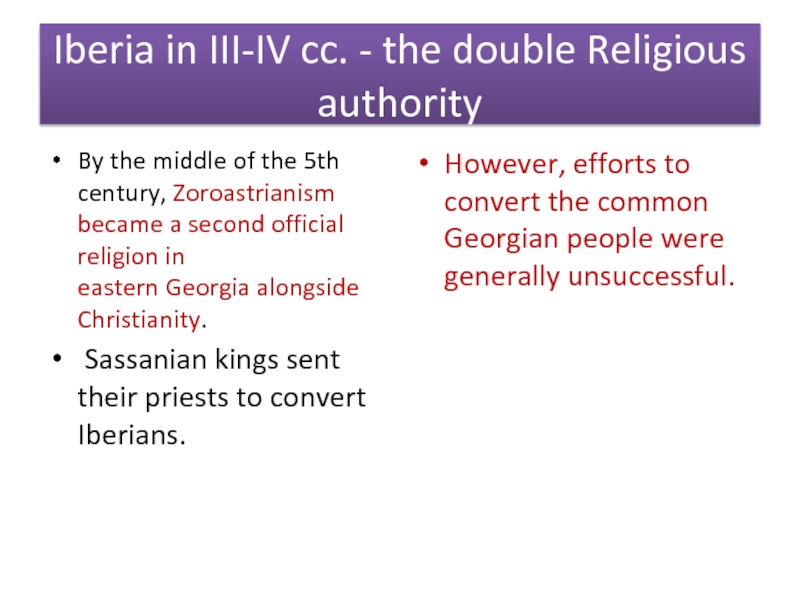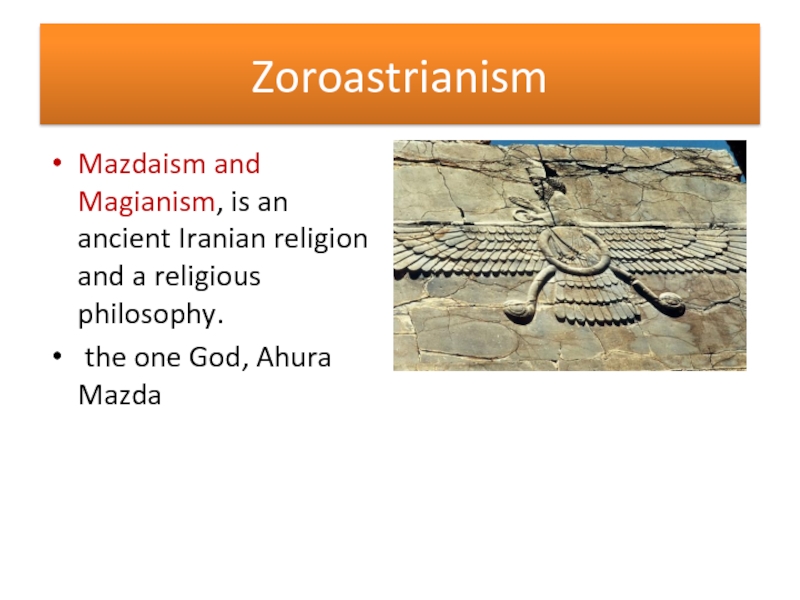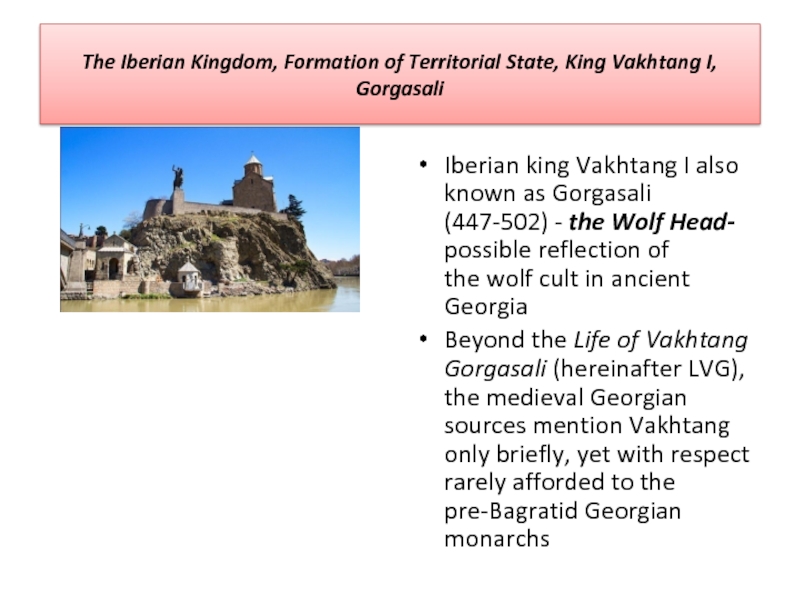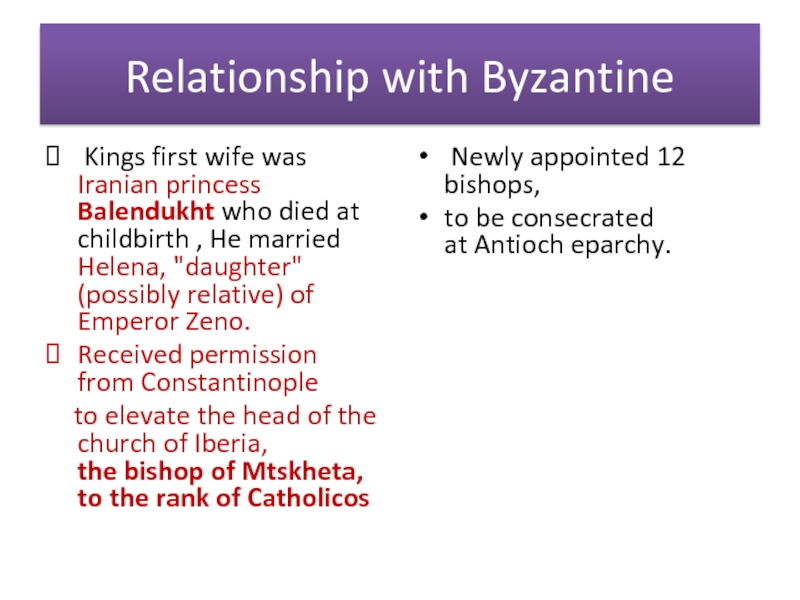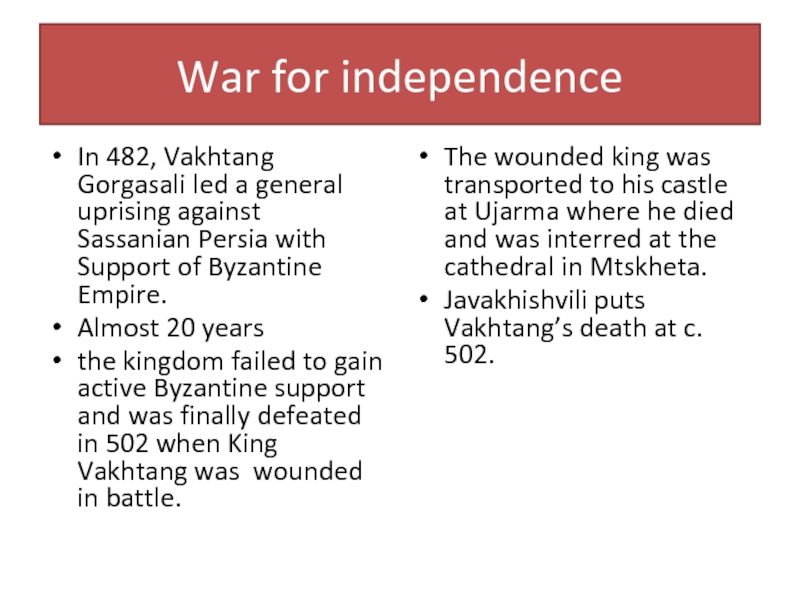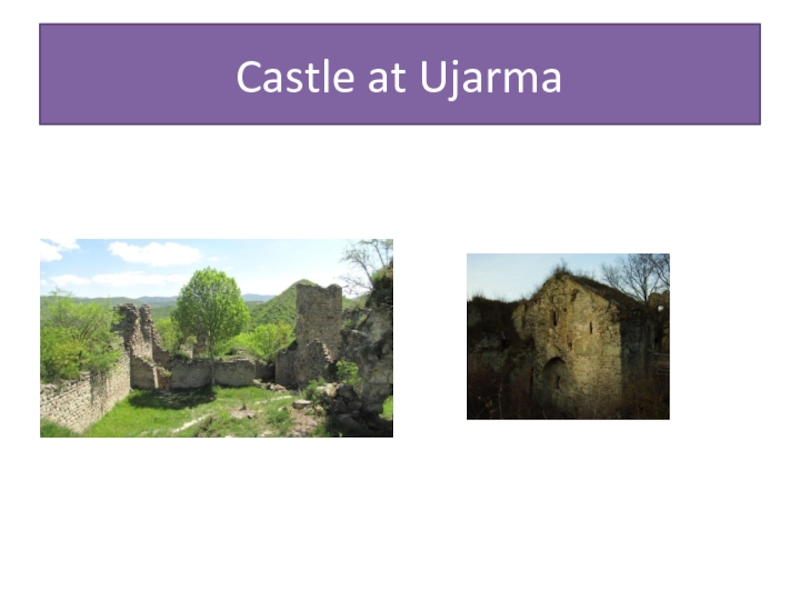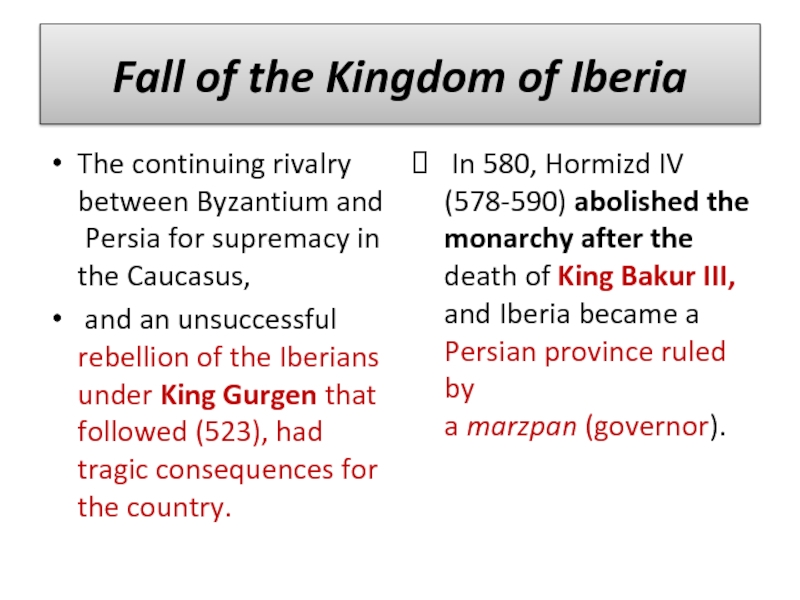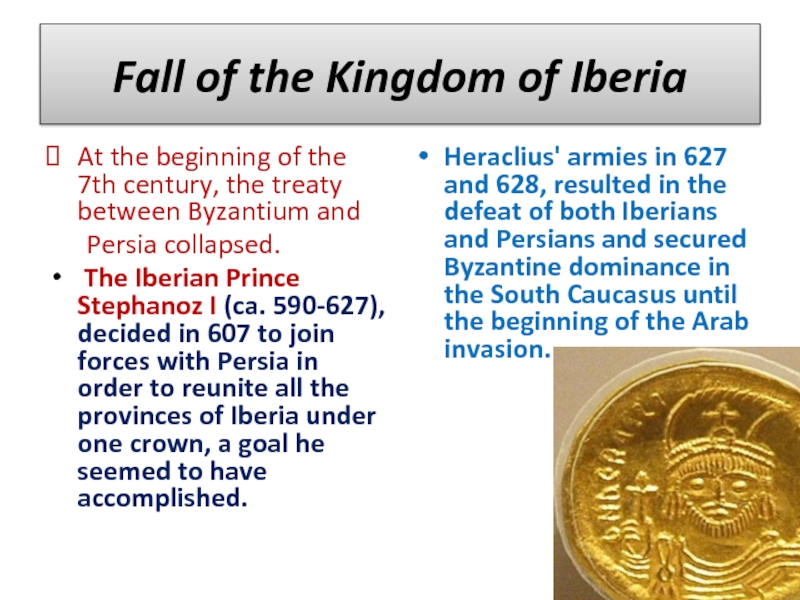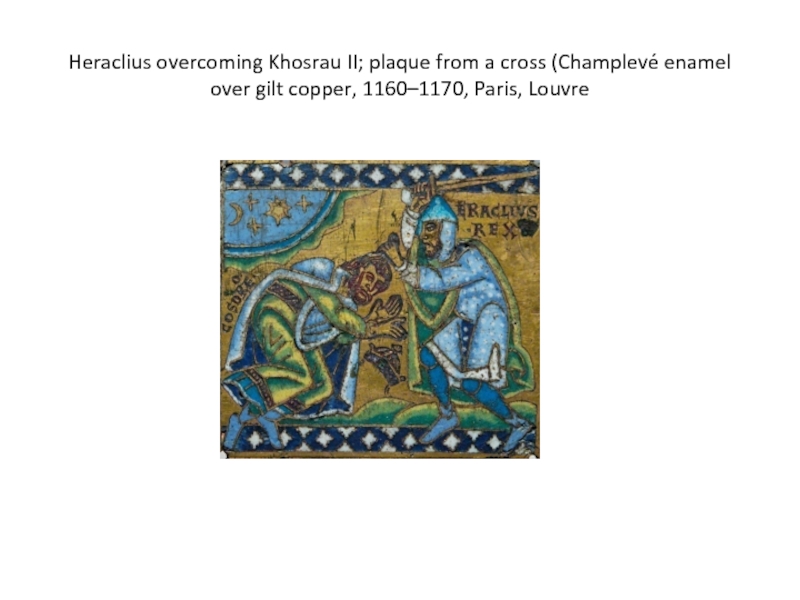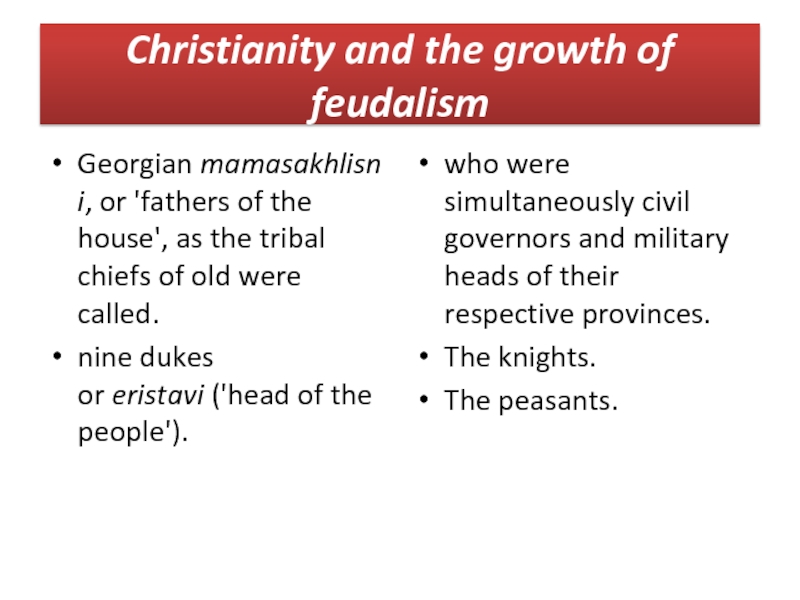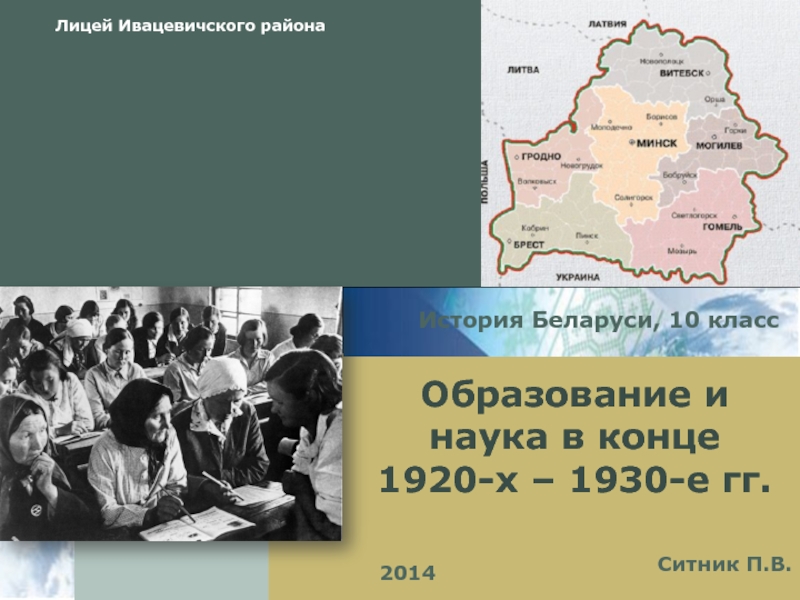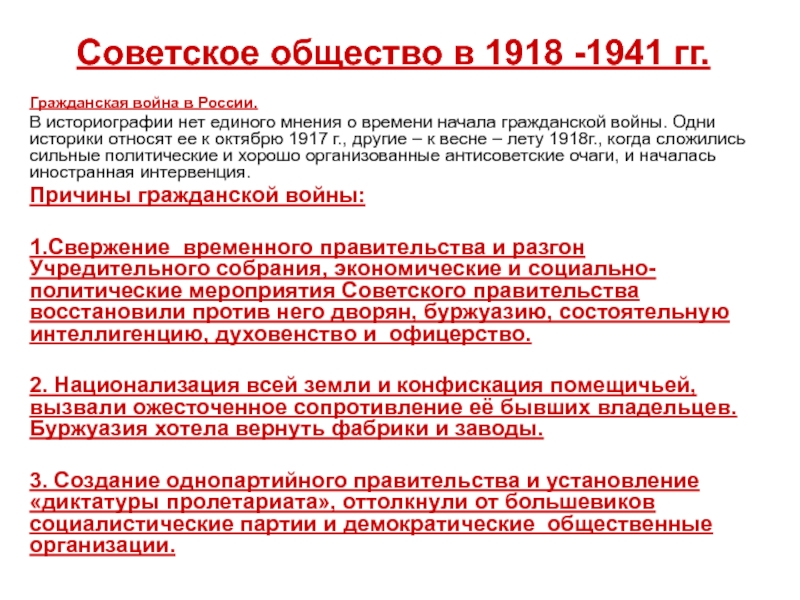- Главная
- Разное
- Дизайн
- Бизнес и предпринимательство
- Аналитика
- Образование
- Развлечения
- Красота и здоровье
- Финансы
- Государство
- Путешествия
- Спорт
- Недвижимость
- Армия
- Графика
- Культурология
- Еда и кулинария
- Лингвистика
- Английский язык
- Астрономия
- Алгебра
- Биология
- География
- Детские презентации
- Информатика
- История
- Литература
- Маркетинг
- Математика
- Медицина
- Менеджмент
- Музыка
- МХК
- Немецкий язык
- ОБЖ
- Обществознание
- Окружающий мир
- Педагогика
- Русский язык
- Технология
- Физика
- Философия
- Химия
- Шаблоны, картинки для презентаций
- Экология
- Экономика
- Юриспруденция
The history of georgian civilization. (Lecture 6) презентация
Содержание
- 1. The history of georgian civilization. (Lecture 6)
- 2. Spread of Christianity in Georgia. Georgia Part
- 3. Lazica /West Georgia Christianity began to spread
- 4. Lazica/West Georgia By the 130s AD, the
- 5. Lazica/West Georgia Goths (tribes), dwelling in the
- 7. Spread of Christianity in Iberia, Mirian III
- 8. Spread of Christianity in Iberia While Professor
- 9. Tomb of King Marian, Church of Samtravo
- 10. Spread of Christianity in Iberia King Mirian
- 11. Origins of Georgian Christianity Saint Nino, to
- 12. Origins of Georgian Christianity Iberians set to
- 13. Iberia in III-IV cc. The religion became
- 15. Iberia in III-IV cc. – “the double”
- 16. Iberia in III-IV cc. - the double
- 17. Zoroastrianism Mazdaism and Magianism, is an ancient
- 18. The Iberian Kingdom, Formation of Territorial State,
- 19. Relationship with Byzantine Kings first wife
- 20. Reformation and the state building program Formally
- 21. War for independence In 482, Vakhtang
- 22. Castle at Ujarma
- 23. Fall of the Kingdom of Iberia The
- 24. Fall of the Kingdom of Iberia
- 25. Fall of the Kingdom of Iberia At
- 26. Heraclius overcoming Khosrau II; plaque from a
- 27. Christianity and the growth of feudalism Georgian mamasakhlisni,
Слайд 1The History of Georgian Civilization
Presentation is given by Dr. Eka Avaliani
International Black Sea University
2015
Слайд 2Spread of Christianity in Georgia. Georgia Part of the New Transregional
Spread of Christianity in Colchis/Lazica
Spread of Christianity in Iberia
Origins of Georgian Christianity
The Iberian Kingdom, Formation of Territorial State, King Vakhtang I, Gorgasali
Fall of the Kingdom of Iberia
Christianity and the growth of feudalism
Слайд 3Lazica /West Georgia
Christianity began to spread in the early 1st century.
St. Andrew, St. Simon
the Canaanite, and St. Matata-apostles
the Hellenistic, local pagan and Mithraic religious beliefs would be widespread until the 4th century.
In the early 4th century, the Christian eparchy of Pitiunt (Bichvinta ) was established in this kingdom.
St. Simon the Canaanite
Слайд 4Lazica/West Georgia
By the 130s AD, the kingdoms of
Machelons,
Heniochi,
Lazica,
Abasgia,
and Sanigia had occupied the district form south to north.
The first Christian king of Lazica was Gubazes I;
in the 5th century, Christianity was made the official religion of Lazica.
Слайд 5Lazica/West Georgia
Goths (tribes), dwelling in the Crimea and looking for their
Germanic tribes known as “ Crimean Goths", the exact ethnic origin of the Germanic peoples in the Crimea is a subject of debate.
By the 3rd-4th centuries, most of the local small kingdoms and principalities had been conquered by the Lazic kings.
Слайд 7Spread of Christianity in Iberia, Mirian III
Mirian III was a king
contemporaneous to the Roman emperor Constantine the Great ( 306–337).
The king's name, Mirian, is a Georgian adaptation of the Iranian "Mihran". The medieval Georgian records give other versions of his name, both in its original Iranian as well as closely related Georgian forms (Mirean, Mirvan).
Writing in Latin, the Roman historian Ammianus Marcellinus (XXI.6.8) renders the name of his contemporary Iberian king as Meribanes.
Conversion of Kartli to Christianity identifies Mirian as the son of Lev, who is unattested elsewhere.
According to the medieval Georgian chronicle Life of the Kings, Mirian was a Persian prince married to an Iberian princess
Abeshura, daughter of the last Georgian Arsacid king Asparug from the Parnavazian dynasty.
Слайд 8Spread of Christianity in Iberia
While Professor Giorgi Melikishvili an eminent Georgian
Upon the death of Aspagur, Mirian was installed on the throne of Iberia by his father whom the medieval Georgian chronicles refer to as "K'asre" (Khosrau), Great King of Iran.
After the death of his first wife Abeshura, he married Nana "from Pontus , daughter of Oligotos", who bore him two sons— Rev and Varaz-Bakur—and a daughter, who married Peroz, the first Mihranid dynast of Gogarene.
Слайд 10Spread of Christianity in Iberia
King Mirian and leading nobles converted to
According to tradition, Mirian's second wife, Nana , preceded her husband in conversion.
The event is related with the mission of a Cappadocian woman, Saint Nino, who in the year of 303, started preaching Christianity in Iberia.
Слайд 11Origins of Georgian Christianity
Saint Nino, to whom is attributed the conversion
According to custom, she was born in Cappadocia and became a slave. she belonged to a Greek-speaking Roman family from Kolastra, Cappadocia and was a relative of Saint George.
Nino came to Georgia from Constantinople. Other sources claim she was from Rome, Jerusalem or Gaul (modern France). As the legend goes, she performed miraculous healings and converted the Georgian queen, Nana, and eventually the pagan king Mirian of Iberia, who, lost in darkness and blinded on a hunting trip, found his way only after he prayed to "Nino’s God".
Mirian declared Christianity the official religion (c. 327/337) and Nino continued her missionary activities among Georgians until her death.
Слайд 12Origins of Georgian Christianity
Iberians set to work to build a church
Nino of Georgia- A Woman Evangelist “, Equal to the Apostles”
Nino find the grapevine cross in her hand. She tied the cross in her hair and began her missionary journey.
The grapevine cross continues to be an important symbol of the Georgian Orthodox Church.
Слайд 13Iberia in III-IV cc.
The religion became a strong tie between Iberia and
From 363 King Varaz-Bakur I (Asphagur) (363-365) became a Persian vassal, an outcome confirmed by the Peace of Acilisene in 387.
Although a later ruler of Iberia/Kartli, Pharsman IV (406-409), preserved his country's autonomy and finished to pay tribute to Persia.
Слайд 15Iberia in III-IV cc. – “the double” political authorities
Sassanian kings soon began
The Persians eventually made Viceroyal office hereditary in the ruling house of Lower Kartli, thus inaugurating the Kartli pitiaxate bringing under their control quite an extensive territory.
Although it remained a part of the kingdom of Kartli, its viceroys turned their domain into a center of Persian influence.
Слайд 16Iberia in III-IV cc. - the double Religious authority
By the middle
Sassanian kings sent their priests to convert Iberians.
However, efforts to convert the common Georgian people were generally unsuccessful.
Слайд 17Zoroastrianism
Mazdaism and Magianism, is an ancient Iranian religion and a religious
the one God, Ahura Mazda
Слайд 18The Iberian Kingdom, Formation of Territorial State, King Vakhtang I, Gorgasali
Iberian
Beyond the Life of Vakhtang Gorgasali (hereinafter LVG), the medieval Georgian sources mention Vakhtang only briefly, yet with respect rarely afforded to the pre-Bagratid Georgian monarchs
Слайд 19Relationship with Byzantine
Kings first wife was Iranian princess Balendukht who
Received permission from Constantinople
to elevate the head of the church of Iberia, the bishop of Mtskheta, to the rank of Catholicos
Newly appointed 12 bishops,
to be consecrated at Antioch eparchy.
Слайд 20Reformation and the state building program
Formally vassal of the Persians.
He secured
Brought the neighboring western and southern Georgian lands under his control
He established an Autocephalic Patriarchate at Mtskheta
He made Tbilisi as a capital.
Слайд 21War for independence
In 482, Vakhtang Gorgasali led a general uprising
Almost 20 years
the kingdom failed to gain active Byzantine support and was finally defeated in 502 when King Vakhtang was wounded in battle.
The wounded king was transported to his castle at Ujarma where he died and was interred at the cathedral in Mtskheta.
Javakhishvili puts Vakhtang’s death at c. 502.
Слайд 23Fall of the Kingdom of Iberia
The continuing rivalry between Byzantium and Persia for supremacy in
and an unsuccessful rebellion of the Iberians under King Gurgen that followed (523), had tragic consequences for the country.
In 580, Hormizd IV (578-590) abolished the monarchy after the death of King Bakur III, and Iberia became a Persian province ruled by a marzpan (governor).
Слайд 24Fall of the Kingdom of Iberia
In the late 6th century, Iberian
591, Byzantium and Persia
agreed to division Iberia,
Tbilisi went to Persian, while Mtskheta remaining under Byzantine control.
Слайд 25Fall of the Kingdom of Iberia
At the beginning of the 7th
Persia collapsed.
The Iberian Prince Stephanoz I (ca. 590-627), decided in 607 to join forces with Persia in order to reunite all the provinces of Iberia under one crown, a goal he seemed to have accomplished.
Heraclius' armies in 627 and 628, resulted in the defeat of both Iberians and Persians and secured Byzantine dominance in the South Caucasus until the beginning of the Arab invasion.
Слайд 26Heraclius overcoming Khosrau II; plaque from a cross (Champlevé enamel over
Слайд 27Christianity and the growth of feudalism
Georgian mamasakhlisni, or 'fathers of the house',
nine dukes or eristavi ('head of the people').
who were simultaneously civil governors and military heads of their respective provinces.
The knights.
The peasants.

